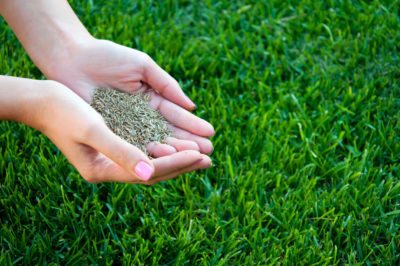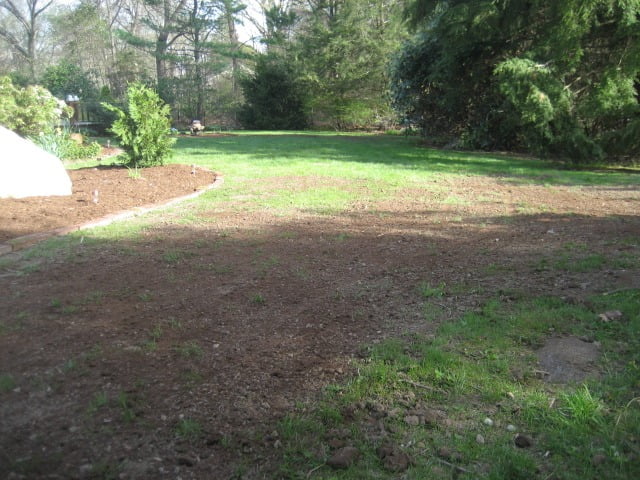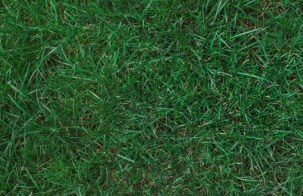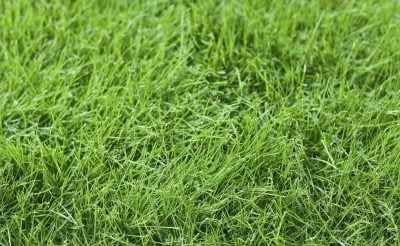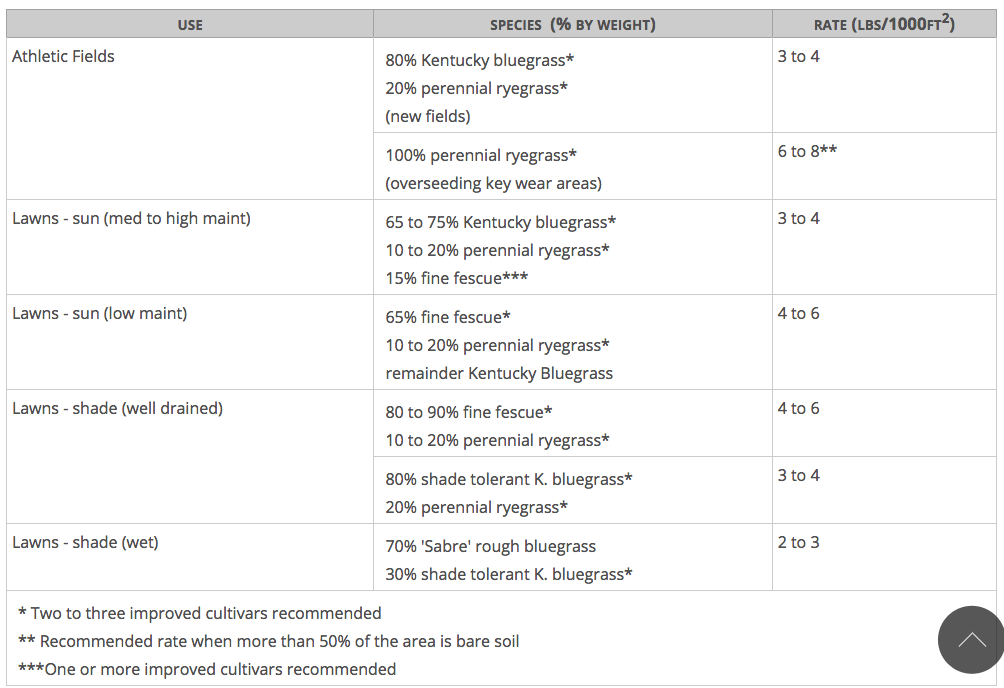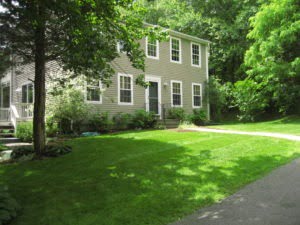[hcolumns]
[/hcolumns]
Here in New England, late summer and early fall are the ideal time to plant grass seed. Cool season grasses are best for our climate and their cycle naturally results in fastest growth when the air temperature is cooler. Planting now will result in fast growth followed by a dormancy period during winter during which the grass will devote it’s energy to establishing a strong, healthy root system. The result for you will be a beautiful, lush, thick lawn in the spring. Selecting the appropriate grass type is important. One must consider your soil health, the intended use of the space (level of traffic), sunlight, and desired maintenance schedule. We’ll break down some of the best turf grasses for New England to make your choice simple and straight forward.
[hcolumns]
This dark green turf grass grows thick and is exceptionally tolerant of the cold and high traffic. It is moderately tolerant of drought and heat. It is a relatively high maintenance grass as it requires more fertilizer than other cool season grasses, is susceptible to many diseases, and produces a significant amount of thatch (requiring dethatching ever year or two). Most varieties of KBG require a fair amount of sun, though there are some shade tolerant types.
[/hcolumns]
[hcolumns]
This grass is ideal for over seeding since it germinates quickly and establishes a strong root system efficiently. It can out compete other grasses so is often used in smaller percentages when mixing with other types of grass. While quite tolerant of cold and wear, it does not tolerate drought or shade well, although there are some varieties which can tolerate light shade. Several varieties contain fungal endophytes which help to ward off many bugs and help make the grass more tolerant of drought.
[/hcolumns]
[hcolumns]
There are several varieties of fine fescue grasses all of which lend themselves well to blending and are low maintenance. They are all tolerant of drought and shade and require little fertilization, as they can adapt well to most soil types. They produce minimal thatch and are not prone to many diseases. These grasses do not however tolerate high traffic well, which is why they are frequently blended with other more high traffic tolerant grass.
[/hcolumns]
[space_40]
UMASS Amherst’s Extension Turf Program has a convenient table of different blends and their ideal use.
[space_40]
If you want professional help, we’d be happy to asses your lawn damage and it’s needs. Depending on the type of lawn damage and the extent of it, we can recommend one or a group of treatments and amendments. Lawn treatments may vary from the simple addition of an amendment such as lime or a grub control to slice seeding or aerating or to the more labor intensive lawn renovation from either seed, hydroseed or sod. We always inform the homeowner of the benefits and drawbacks of every suggestion.
[hcolumns]
[/hcolumns]

